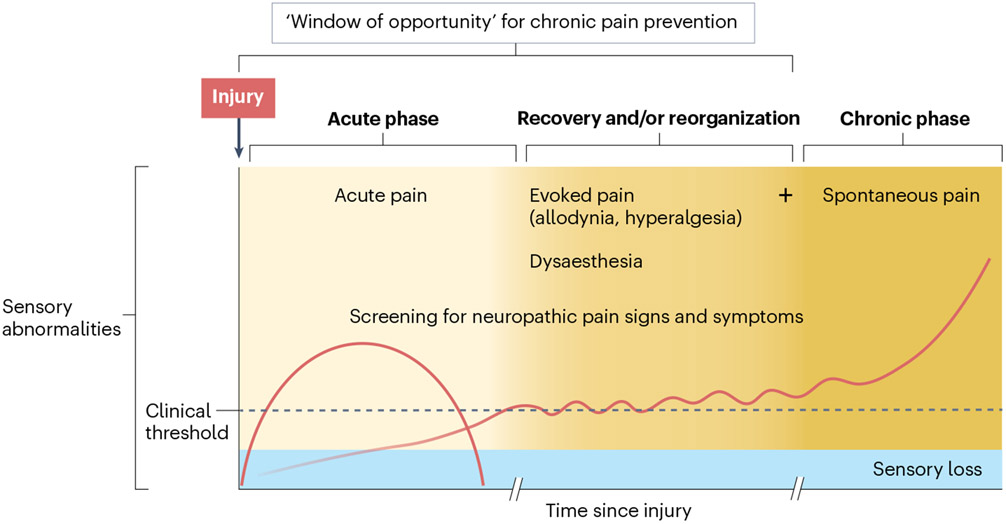Fig. 7 ∣. Progression and monitoring of central neuropathic pain.
In the immediate aftermath of a central nervous system lesion, acute pain can occur owing to changes induced by the trauma or disease. Neurological function is compromised, leading to sensory impairments as the primary somatosensory manifestation. As time progresses, individuals may experience heightened sensitivity to sensory stimuli, which can progress to the emergence of spontaneous central neuropathic pain (CNP), along with evoked pain. This phase is particularly important for implementing preventive treatments and clinical monitoring, emphasizing the need for screening for abnormal sensory signs. Once spontaneous CNP has developed (with possible concurrent evoked pain), the focus shifts to achieving an optimal (differential) diagnosis and implementing effective pain management strategies. Note that this is only one example for a patient trajectory; not all patients experience evoked pain, and many other trajectories exist.

